2017 Civil War Travelogues — West Coast Civil War Roundtable Conference, Sacramento
Welcome to my 2017 travelogue pages. This report is from my trip to the West Coast Civil War Roundtable conference, held this year in Sacramento, sponsored by the Sacramento CWRT. The theme this year was "Lesser-Known Battles" (although I will have to say that all of the battles discussed should have been well known to this audience). To see the entire list of my 2017 trips, go here.
| Here is a reminder about the reason I write these pages the way I do. They record my experiences and impressions of Civil War trips primarily for my future use. Thus, they sometimes make assumptions about things I already know and focus on insights that I receive. They are not general-purpose descriptions for people unfamiliar with the Civil War, although I do link to various Wikipedia articles throughout. Apologies about the quality of interior photographs—I don't take fancy cameras with big flashes to these events. If you would like to be notified of new travelogues, connect to me via Facebook. |
Friday, November 10
I drove to North Sacramento and checked in to the Crowne Plaza Hotel, which turned out to be a pretty decent hotel. We had a “social hour” and group dinner, followed by two presentations.
[All of the photos below were taken with my brand new iPhone X!]
Ron Perisho gave an interesting talk on 3-D photography regarding the lesser-known battles. Of course, there were no actual combat photographs for these battles, but he had a number of camps, group portraits, and about one third modern photographs. I found the cardboard red-blue 3-D glasses only partially satisfactory in viewing the PowerPoint photos, which came out rather blurry in many incidences. He showed the only combat photograph taken in the Civil War, which depicted three Union ironclads approaching and firing on Fort Sumter in 1863. Another highlight was some photographs of the San Francisco Bay area during the war. I talked to Ron during the social hour and was envious that he is in the process of moving from Pleasanton, California, to Gettysburg.
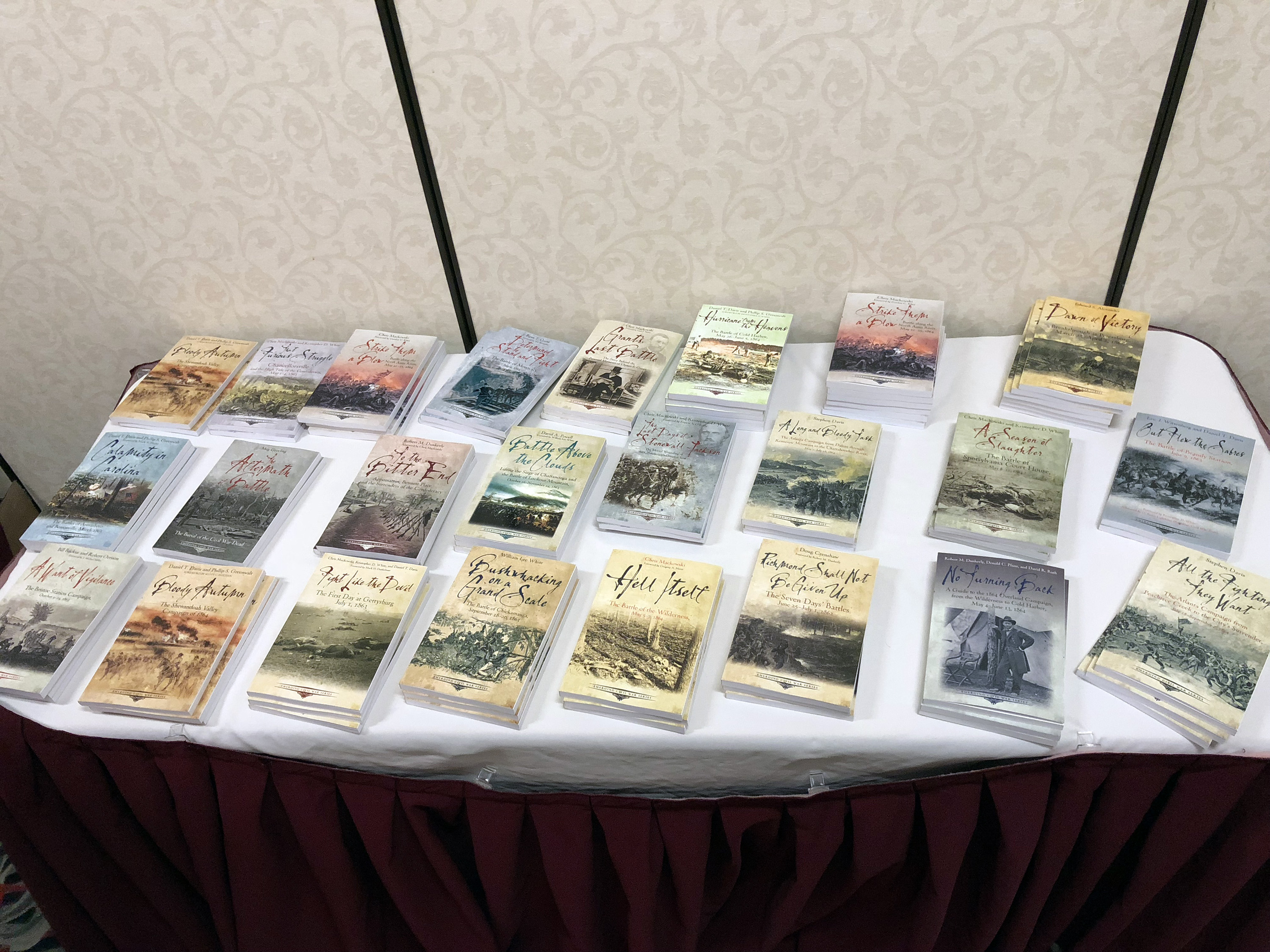
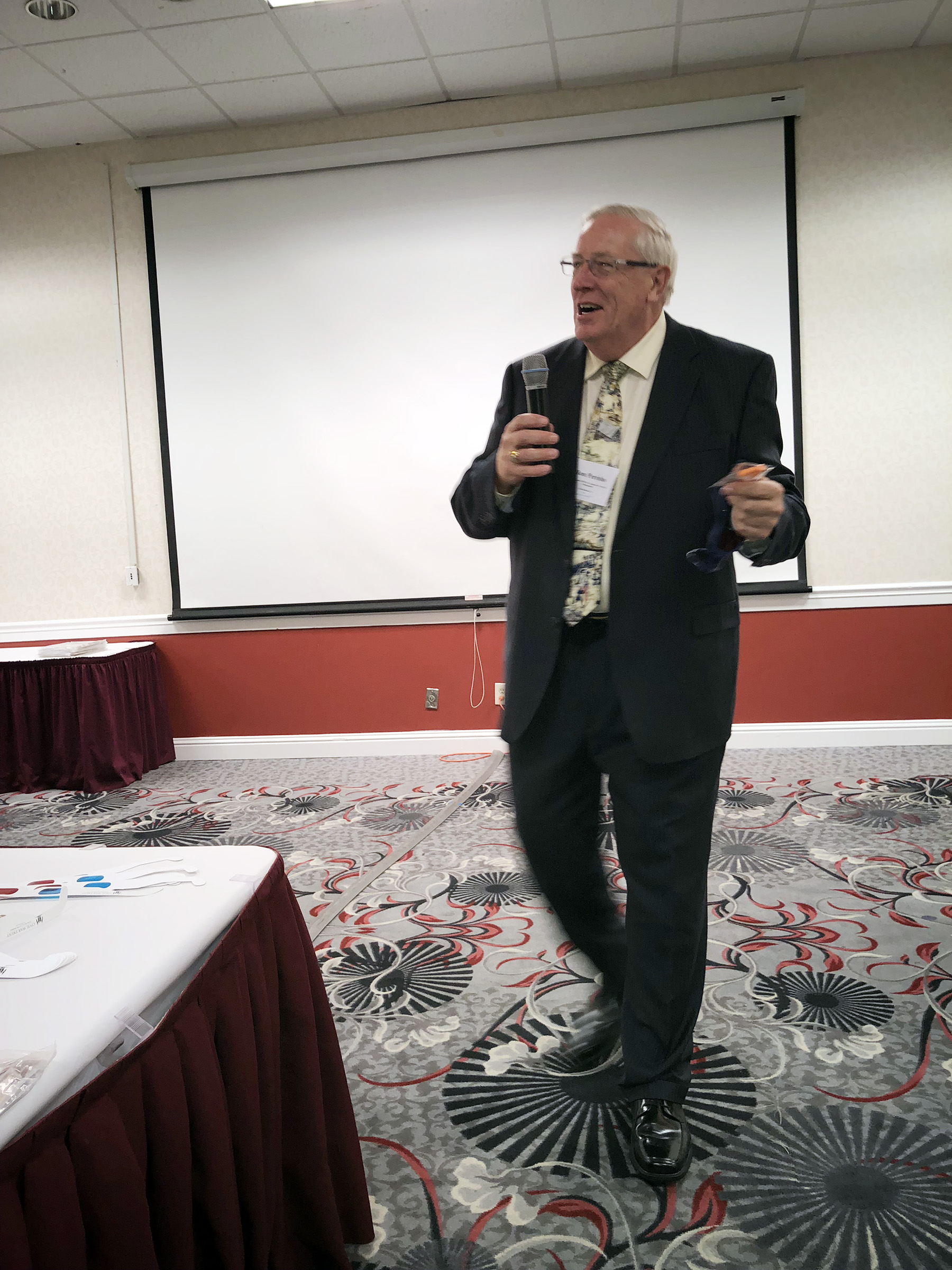
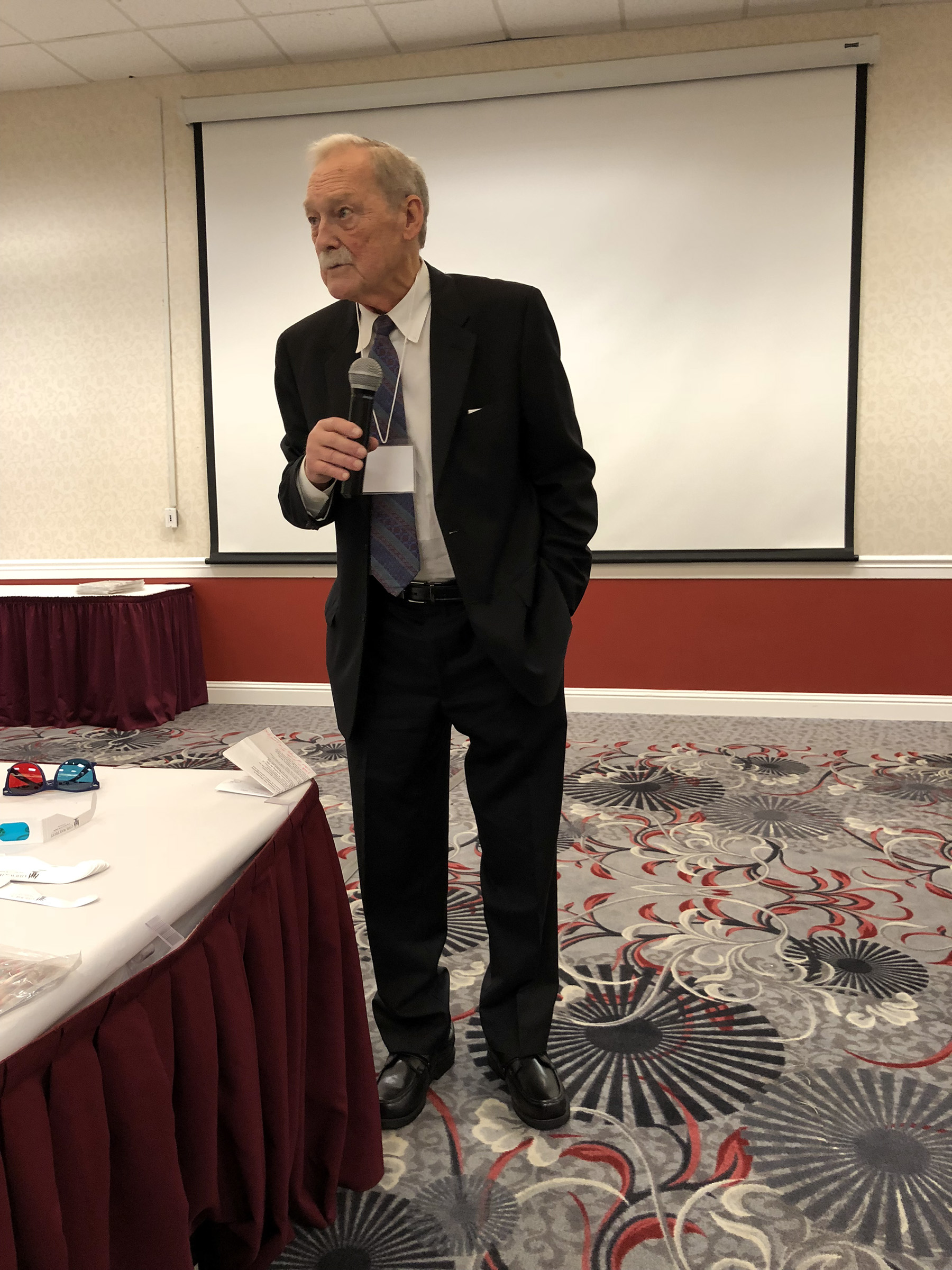
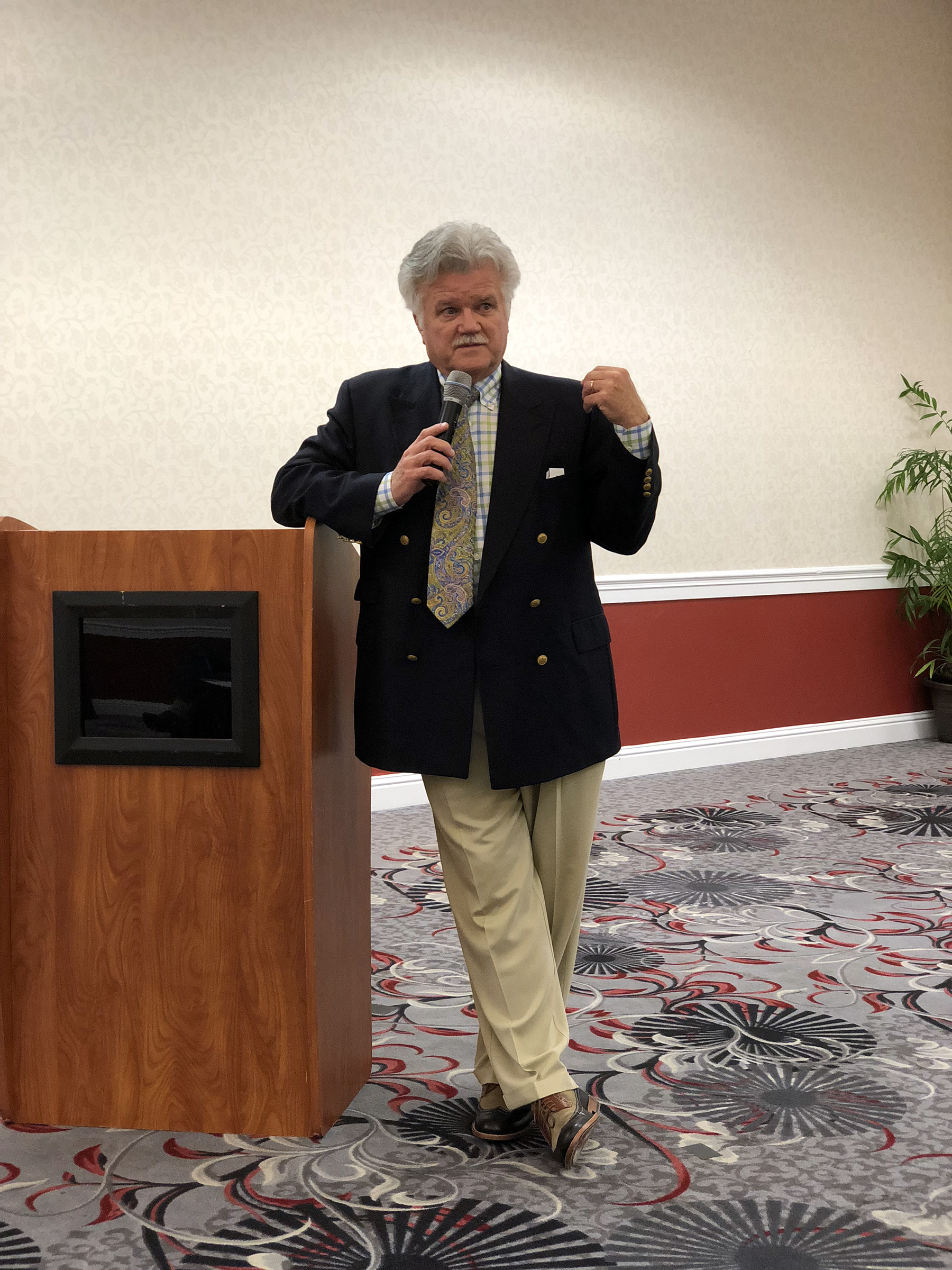
William C. “Jack” Davis gave a talk entitled "Love among the Ruins," which was essentially the same talk he gave at the CWEA Sarasota conference in January, concerning the wartime letters between Confederate Gen. Gabriel C. Wharton and his wife, Nannie Radford. Jack had an early interest in the battle of New Market and he had been on a quest to examine the papers of all of the senior officers. After some benign neglect by relatives, he was able to discover 15 boxes and two steamer trunks full of Wharton’s papers, which included 600 letters from both himself and his wife (the latter being a relatively uncommon thing to have survived). Both spouses were highly literate and wrote more than a letter per day on average. They had interesting comments about other generals and their loving relationship.
Saturday, November 11
Happy Veterans Day! (Almost all of the speakers took a moment to thank the veterans in the audience, which was a nice touch.) The first presenter was Brian Steel Wills of Kennesaw State University in Georgia, discussing the Battle of Monocacy. This is a battle that is not necessarily in Brian’s wheelhouse, but the conference organizers requested it and he did a good job. He talked a bit about the Battle of Shiloh and Lew Wallace’s reputation from it. He had more to say about the aftermath of Monocacy, including Fort Stevens, than tactical details about the battle itself.
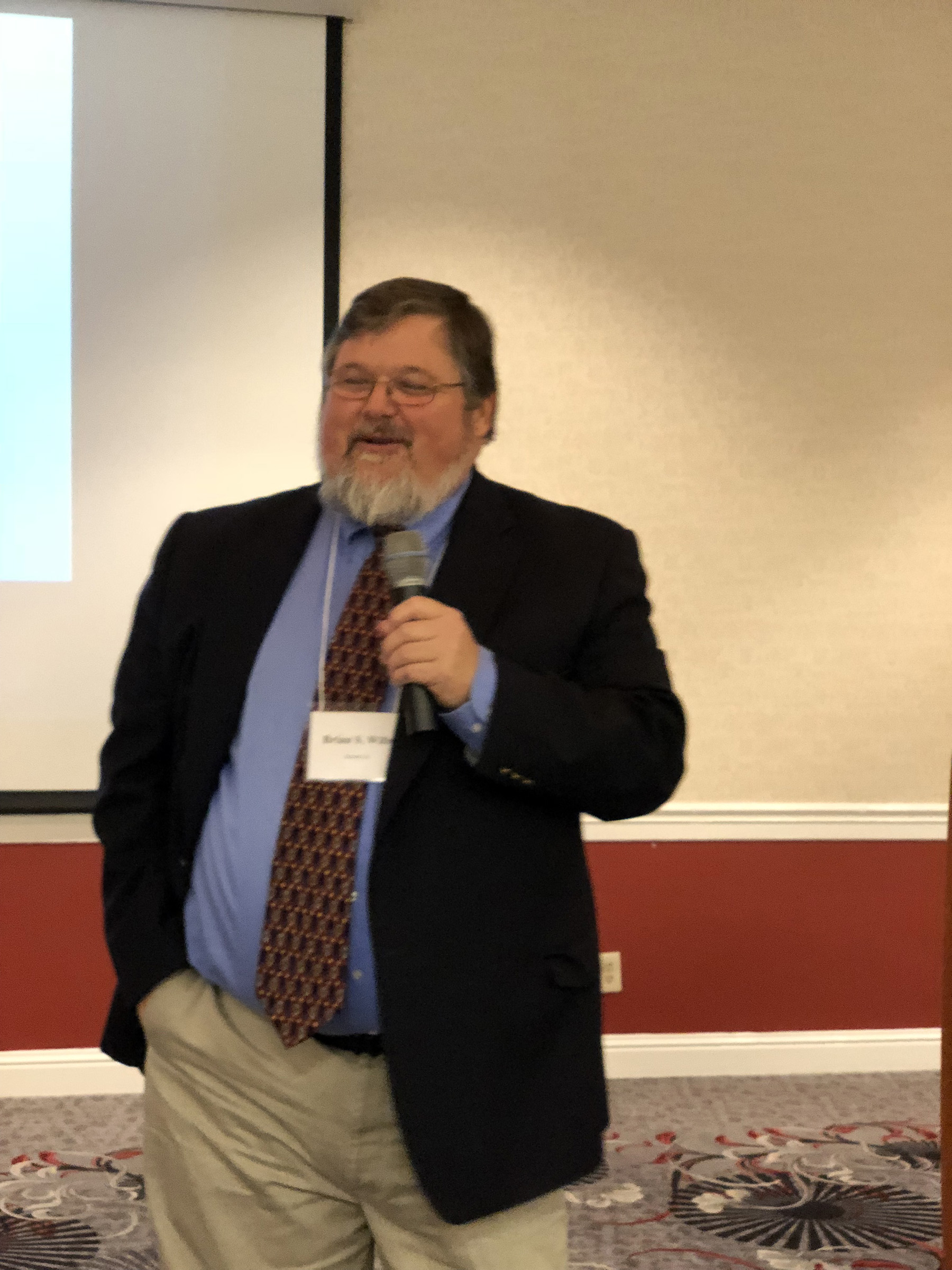
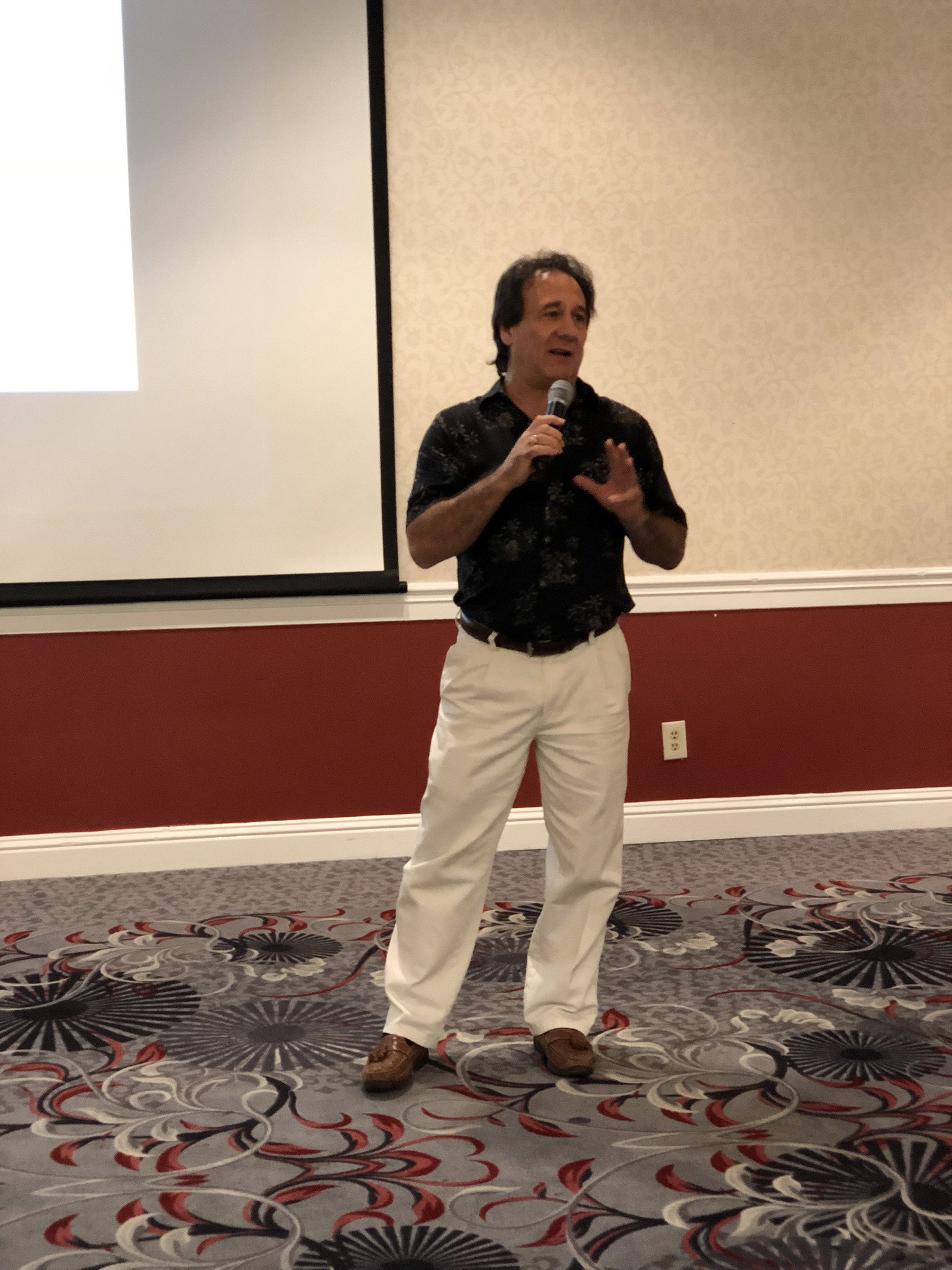
Ted Savas gave a very entertaining presentation about the CSS Arkansas. He started with some background about Confederate ironclad construction and Stephen Mallory, the secretary of the Navy. He covered the construction of the Arkansas, which started in Memphis, but was soon relocated up the Yazoo River to Greenwood, Mississippi. Her sister ship, Tennessee, was destroyed before it could be completed. He went through some design details, including the unusual decision to have vertical walls of armor, which are not as effective as sloped walls. The armor itself was a double layer of railroad rails. He gave a capsule description of Lieut. Isaac Brown, and then discussed the original battle against USS Carondelet, Queen of the West, and Tyler. Heading toward Vicksburg, Brown had to run the Union fleet of 30 ships under Farragut, which were not ready to oppose it. He discussed the battling against the USS Essex and concluded with a brief description of Breckinridge’s attack against Baton Rouge, which could not be aided by the then-fatally wounded Arkansas.
Tom Cartwright presented the Battle of Franklin. He outlined Hood’s Tennessee Campaign up until that point, spending a bit of time on the Confederate mishaps at the battle of Spring Hill, and then going into a very detailed blow-by-blow about Franklin. I think it was a mistake to try to cover this much material in 50 minutes, because he had to race through the details and numerous anecdotes like Ed Bearss on speed.
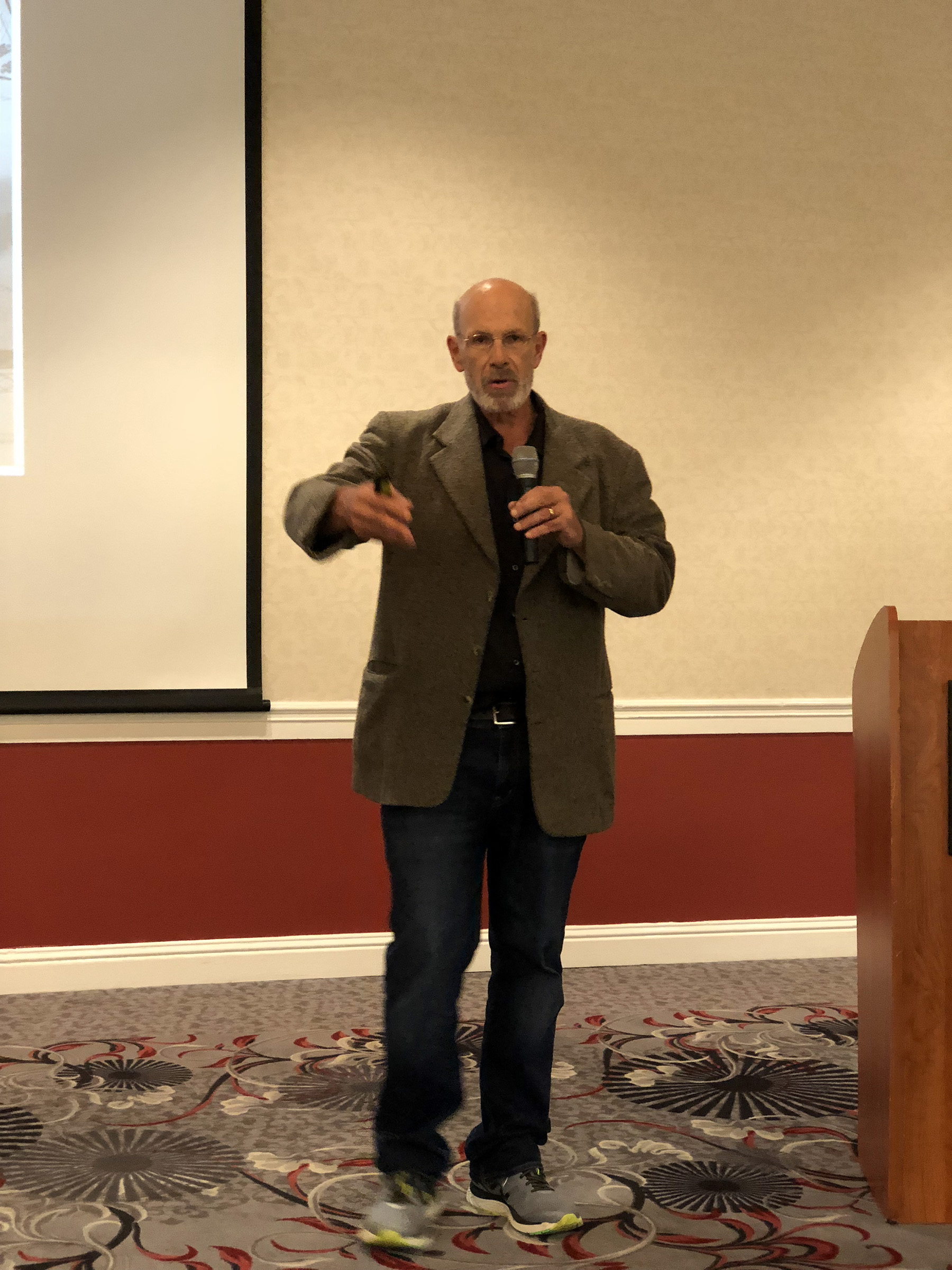
After a group lunch and raffle, Jack Davis returned for a presentation entitled “The Confederate Kardashian.” This concerned a woman with the alias Loreta Janeta Velázquez—no one seems to know her real name—who achieved fame for the sake of fame, most notably by masquerading as a male Confederate officer named Lt. Harry Buford. But she also had a colorful life with five husbands, some prison time, and a variety of scams and schemes. Jack has a new book out about this very subject.
Jim Stanbery gave one of his typical presentations about the Battle of Spring Hill.
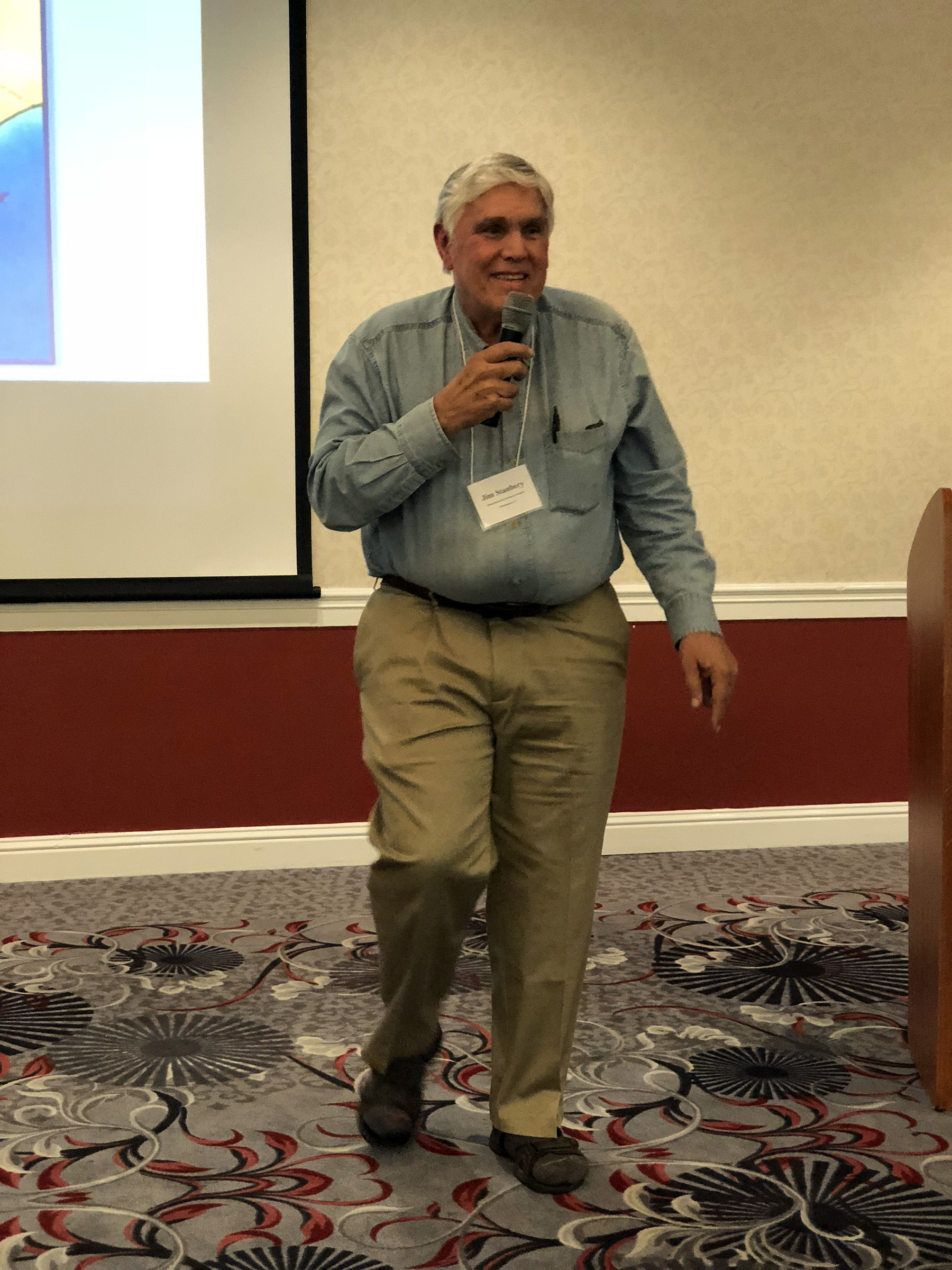
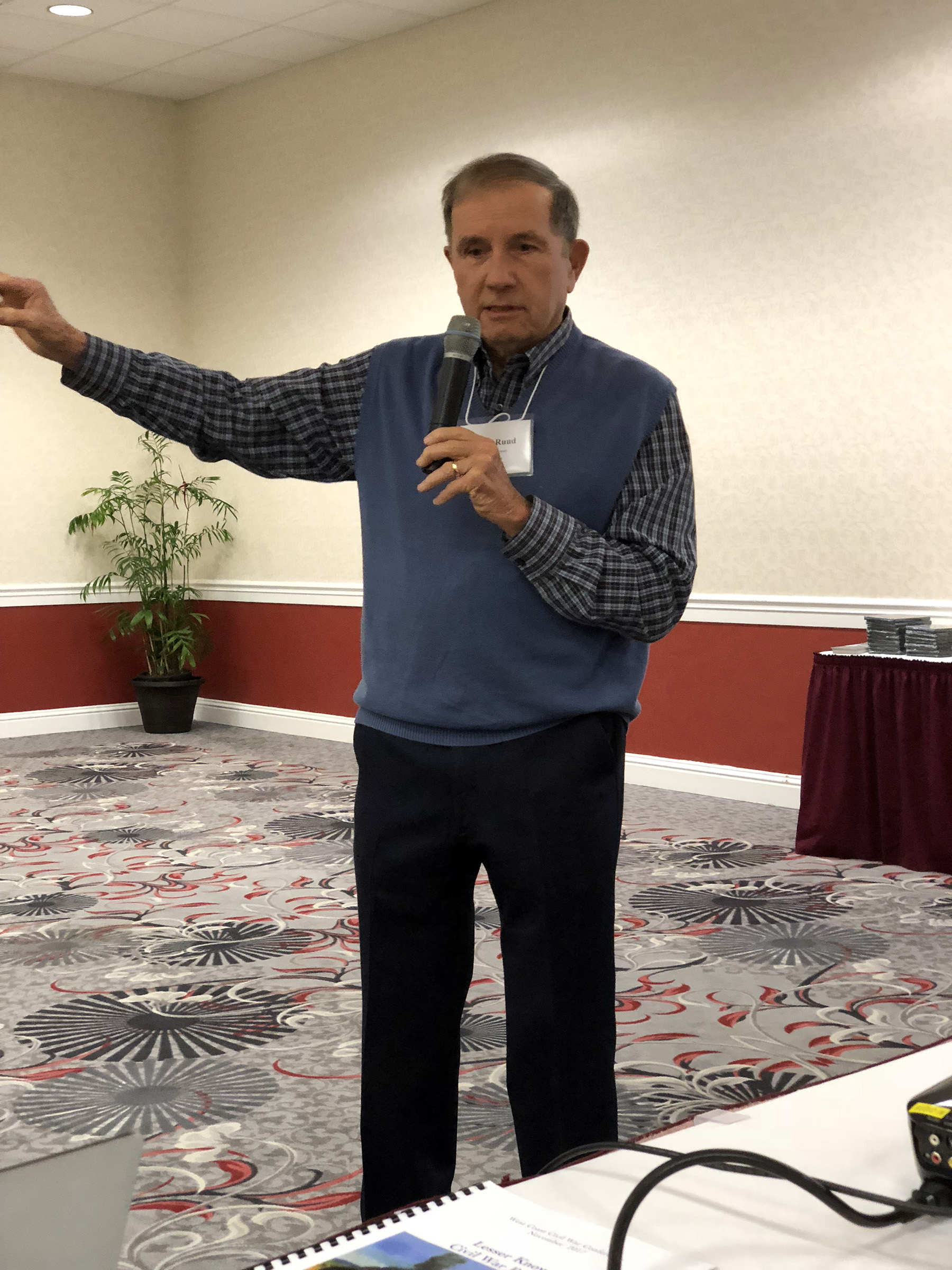
After the group dinner, there was a presentation of the Jerry Russell preservation award. (My interest in the Civil War started just about the time that Jerry died, but apparently he was a legendary preservationist and the West Coast Civil War Roundtables have an annual award to honor him.) There were two awardees this year: Jack Davis and Paul Ruud, the latter of the Sacramento CWRT.
The keynote presentation was by Brian Steel Wills again, entitled “The War Hits Home,” about the Siege of Suffolk (or Suffolk Campaign). It was an entertaining talk with lots of visual aids, but with little tactical detail.
Sunday, November 12
Tom Cartwright presented on the Battle of Brice’s Crossroads, Nathan Bedford Forrest’s masterpiece in 1864 Mississippi. Tom actually had enough time to go through all of the details of this relatively small battle.
Mike Oddenino gave the final presentation, on the Battle of Ball’s Bluff. He gave a good tactical overview of the battle, but spent the large majority of the presentation talking about the sometimes tenuous connections between the battle and dozens of disparate subjects, like the game Six Degrees of Separation from Kevin Bacon. (He prefaced his approach by saying that he was a story teller, not a historian.) For example, Col. Charles Stone was from California, but so was William T. Sherman, so whenever you think of Sherman, or California, or the Golden Gate Bridge, or the Broderick–Terry Duel, etc., you should think of Ball’s Bluff. He did mention in passing founding of the Joint Committee on the Conduct of the War, which most historians will probably site as the most important aftereffect of the battle, a turning point of the war. One interesting tidbit that I did not know was that Lewis Bell, an armed orderly of Col. Milton Cogswell, was the first African-American to fire in combat during the war.
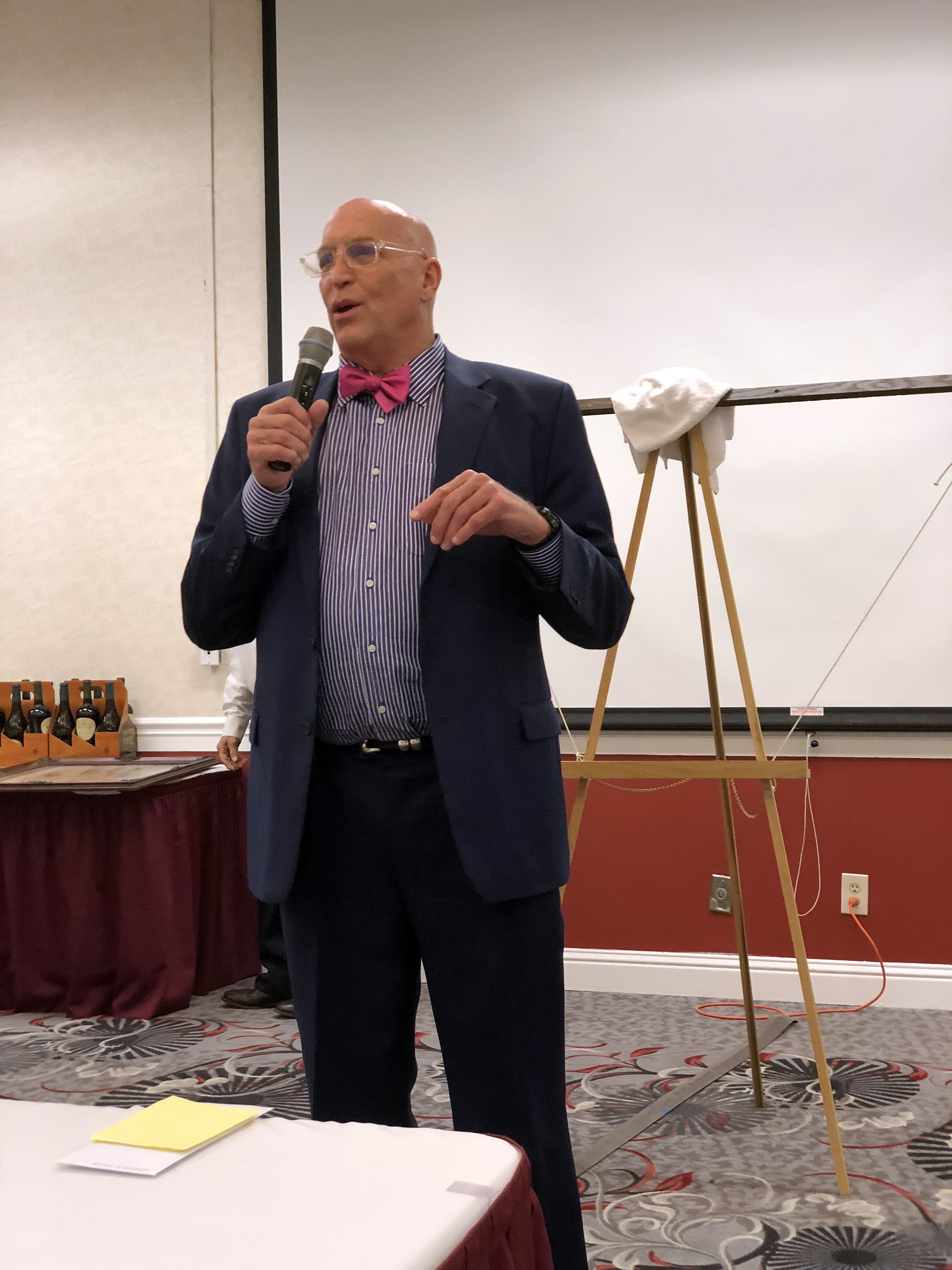
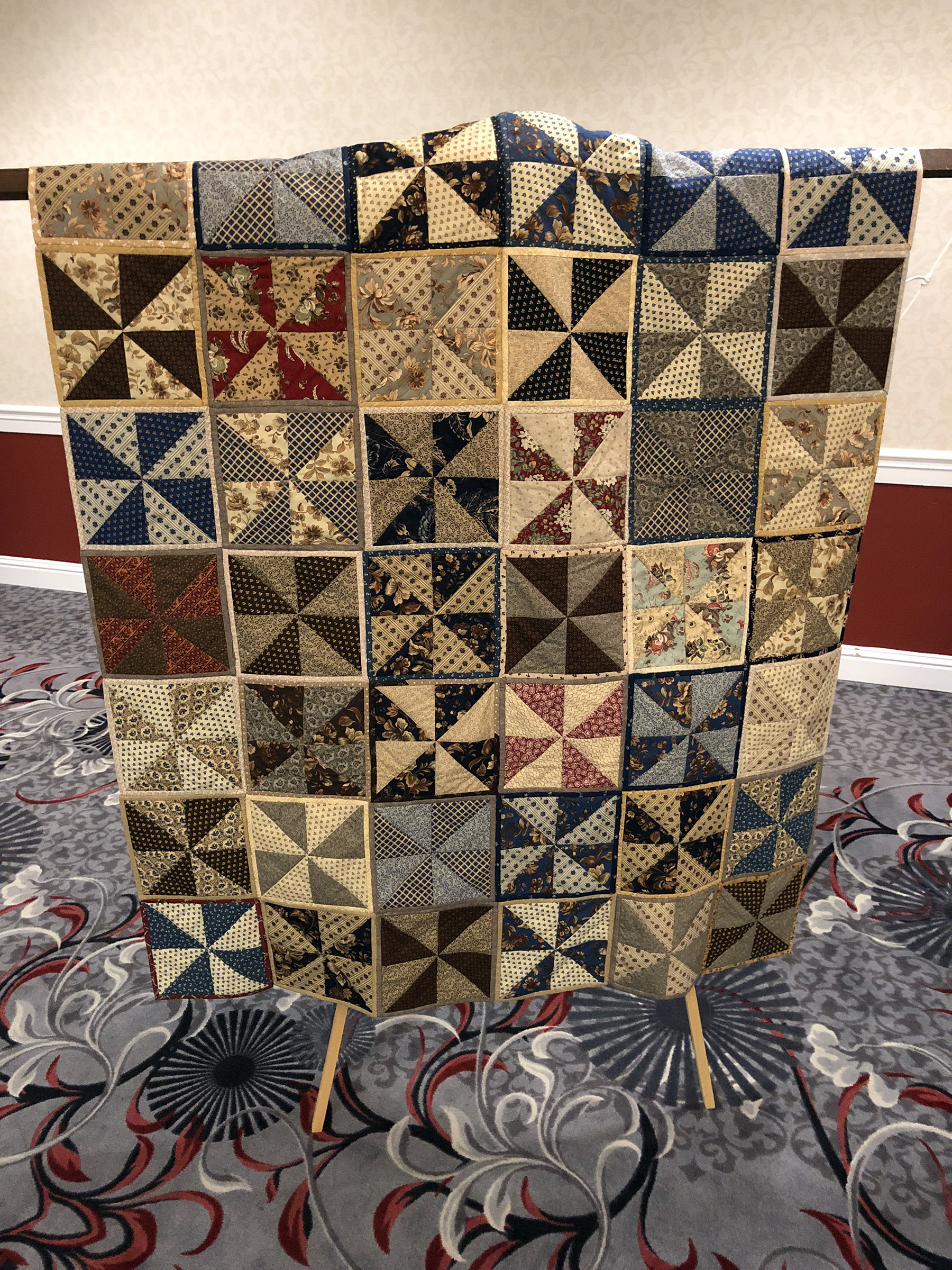
The program concluded before noon with a raffle benefiting preservation and a Q&A panel discussion with some of the historians who presented. I think the conference was a big success and I look forward to next year’s edition, which will be in Fresno, November 9–11, 2018, sponsored by the San Joaquin Valley CWRT. Their theme will be “The Trans-Mississippi Theater: The Not so Glamorous Stepsister of the Civil War.”